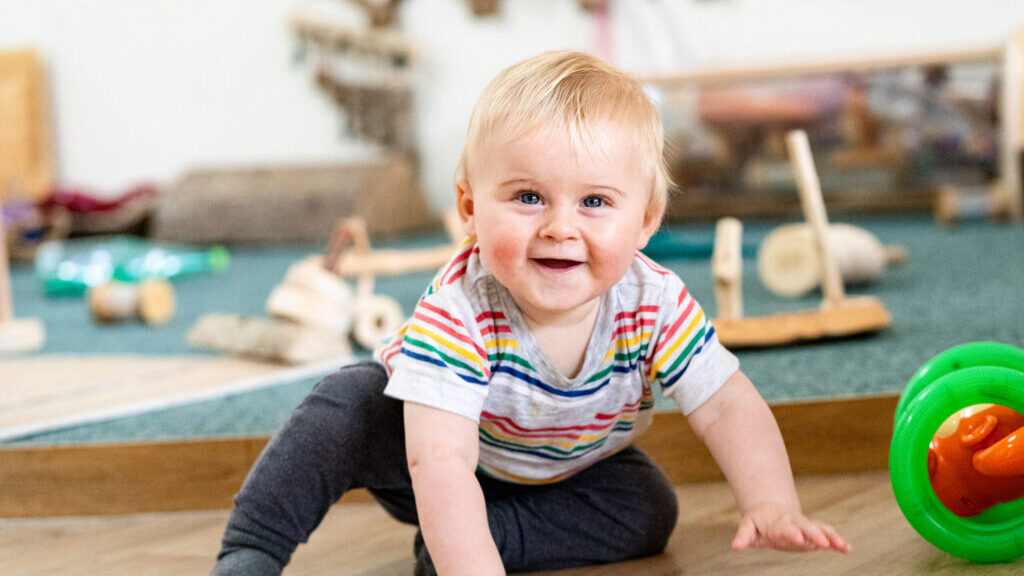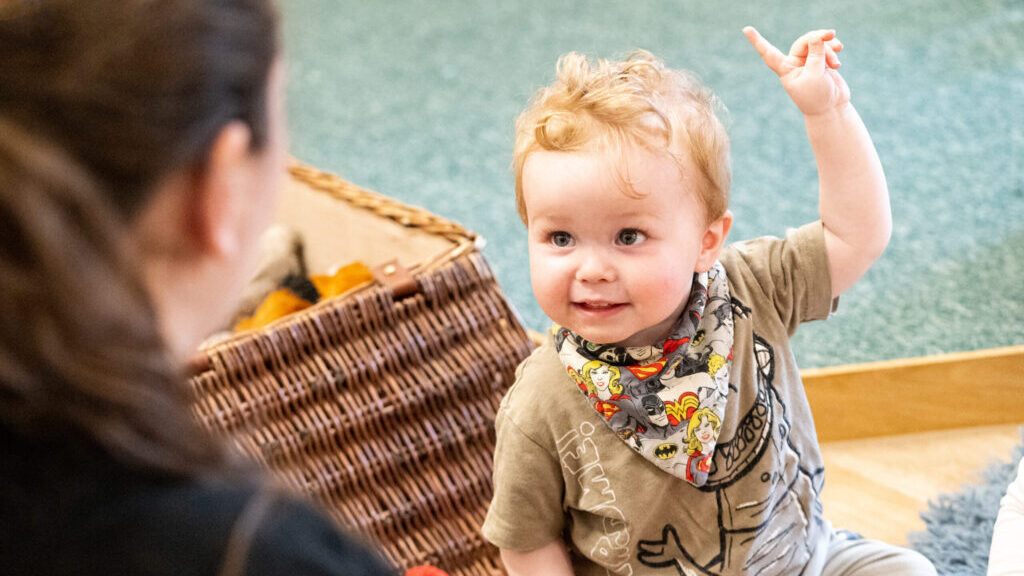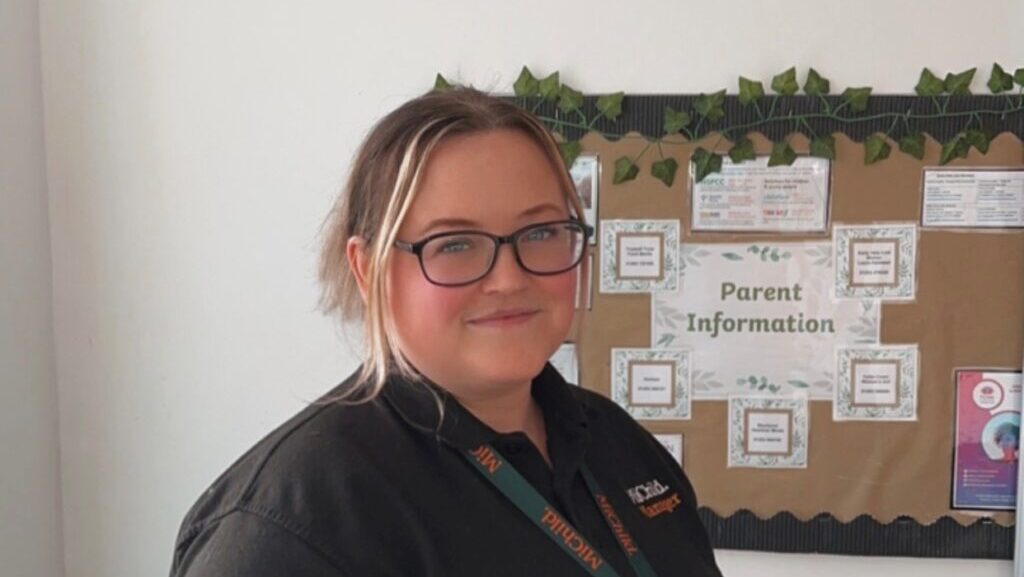In our series showcasing the sector’s nursery managers, we find out about Catherine Jackson, owner and manager at Wise Owls…
Bring on the babies
In September children as young as nine months will be able to access funded early years places. Charlotte Goddard finds out what nursery managers are doing to prepare

Nursery managers have been inundated with calls about the extension of funded places to younger children ever since the policy was announced last year. Some settings are taking advantage of the potential influx to extend their baby provision, while others may be thinking about taking in babies for the first time.
“It’s an exciting opportunity,” says Kirsty Jenkins, owner of the Scribbles day nursery group in Norfolk. She already runs a large baby unit with around 85 babies on roll, and has just bought another setting in order to open a second baby unit. “And it’s quite well-funded in our area. Norfolk council is offering £9.69 an hour, and we currently charge £5.88 an hour, so it is an opportunity to invest in staff.”
On the other hand, recent research from campaigning group Pregnant Then Screwed reported that a number of early years providers have decided not to provide funded places for younger children. The government is providing capital funding for settings to expand their provision, but for many, it is not a question of physical capacity, but of staff.
“We technically can hold 42 babies, but due to the recruitment crisis we had to close one of the baby rooms, so at the moment we can hold 24 babies a day,” says Hannah Saunders, manager of Snapdragons Keynsham. “But our recruitment has improved over the past couple of months, and we hopefully plan to open up that other baby space again, which should coincide with the funding coming in.”
“There is a huge opportunity to do this and do it right,” says Jenkins. “It’s also a huge opportunity to get it so wrong.”
So what can nursery managers put in place to ensure that their setting is getting it right?

Create a policy for looking after under-twos
Before becoming manager, Saunders was head of babies. She was instrumental in putting together Snapdragons’ caring for under twos policy which is used across the organisation’s 10 settings. This “hefty document” covers a wide range of issues including safe sleeping, feeding, weaning and nappy changes, and can be referred to at any point.
Reduce the baby room stigma
The baby room has sometimes been seen as the place for the least experienced and qualified practitioners. “That stigma has to completely change if we are going to recruit and retain staff,” says Mona Sakr, senior lecturer in education and early childhood at Middlesex University London. “I’ve talked to so many baby room educators who love what they do now, but who say ‘when I first got put in the baby room, I didn’t want to be here’.”
Engage with the baby room
Baby room staff feel better supported when nursery managers understand and engage with the baby room, according to research carried out by Sakr. “When baby room educators feel inspired and encouraged, often the nursery manager has a background in working with babies and is infusing the baby room with a sense of positivity and progress,” she says.
Focus on training
The EYFS states that there must be one member of staff for every three under-twos, that one member of staff must be Level 3 qualified and half of the rest must be Level 2 qualified, and that a baby room leader must “have suitable experience of working with under twos”.
The EYFS requires “at least half ” of all staff looking after under-twos to have received training that specifically addresses the care of babies, but doesn’t clarify the duration, level or content of the training.
“From a regulatory point of view, the guidance is minimal,” says Sakr. “You have to have the ratios in place, but beyond that, what are you actually trying to achieve with your baby room?” It can be difficult to find baby-specific courses, so many settings rely on internal training. However, some Stronger Practice Hubs are now running free training in this area. Bristol and Beyond for example, ran a ‘Talking with Babies’ online session in January.
A group of baby room leaders also developed a free online course, ‘Introduction to Baby Room Leadership’. This does tend to sell out very quickly, but there are also paid-for courses and one-off workshops.
Ensure staff understand babies’ unique needs
Babies need to feel safe and secure, and be able to interact with adults who are responsive to them. Staff wellbeing is key, as tired, hungry, anxious practitioners are less likely to be able to respond to a baby’s social and emotional needs. Educators also need to understand the development of under-twos.
“Because of the lack of professional learning around the baby room, baby room educators are often, understandably, drawing on their own informal experience with babies,” says Sakr. “We have to give educators the opportunity to think together and challenge each other around some of these beliefs.”
This might include a belief that picking up a baby will make them clingy, for example. “I spend a lot of time training practitioners on understanding that it’s not like the older children where you have to have constant activity,” says Jenkins. “Babies don’t need that, they need you, they need to be held, they need to be acknowledged.”
“You see a lot of challenging behaviour in babies that some people would say is bad behaviour, like biting, but most of the time there’s a reason for that behaviour,” says Saunders. “Once you understand the baby’s development, you then would notice that that’s such a normal behaviour for that age and stage.”
Audit your environment
“Spend time working on your environment and looking at what babies need,” advises Jenkins. “Visit other settings that have baby units, ask them questions. Think about your lighting – some light is so harsh for babies.”
“When we audit or change our environments, we always sit on the floor,” says Saunders. “If I was a baby sitting on the floor, what can I see, what can I feel, what can I pick up, are there people around? You want it to be cosy, you want it to feel like home, so lots of fluffy rugs, lots of cushions.” Babies may need two or three naps a day, and under-ones will probably need cots, so it’s important to ensure you have the space for safe sleep.
Build strong relationships with parents
Parents of young babies are likely to be particularly anxious about leaving their child. “Children might take longer to settle because they’re younger, or they might be going through the attachment stage that babies go through around eight or nine months where they struggle to separate,” says Saunders.
Snapdragons plans settling-in sessions around lunchtime and sleep time, to ensure children feel safe enough to sleep in the setting. Saunders suggests parents spend some time with the child at drop off and pick up, so children understand this is a safe space that their parent is happy to spend time in. At handover, parents of babies will require more detailed information about soiled nappies, sleep times and milk consumption than parents of pre-schoolers, but may also be in more of a rush to take their child home and spent time with them. Snapdragons puts that information in a ‘baby diary’, so parents can refer to it later.
Latest Managers
First Friends has appointed Kieron Hooper as manager of First Friends, Eastleigh. Hooper qualified as a nursery educator in 2014…
In our series showcasing the sector’s nursery managers, we find out about Claire Mills, manager at MiChild’s Newhouse Nursery in…




